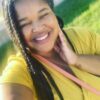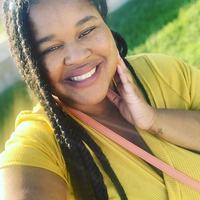Oh my word. When Ghostrunner 2 works, it is exhilarating. Or, rather when you get Ghostrunner 2 to work for you it is. The sequel to the first-person futuristic slasher, it takes all that was good about the first game, makes it slightly more accessible (i.e. not quite as hard as diamond) and allows you to flow if you get it right. And when you do the feeling is incredible. Beating an area, a level — the game even — without taking a hit just makes you feel godly. The movement is fast and smooth — on the ground, in the air, jumping and sliding, slashing and parrying. The problem is that you’re unlikely to be perfect until you know everything like the back of your hand, or the challenges between your starting point and the next checkpoint at least. So then it doesn’t feel quite the same but you’ll still be wanting to engage, trying to improve, despite the numerous deaths and restarts. The game loop is outstanding – if you can cope.
The game loop is such that your goal throughout is to progress from point A to point B no matter the environmental challenge provided to your movement, avoiding or killing any hostiles along the way. This is always from a first-person perspective and fortunately your character is incredibly agile, fast and empowered with the ability to slow down time, plus other tools and skills learnt or collected during the game’s runtime. You’ll move from platform to platform by running, jumping, grappling and slashing or shooting anyone who gets in your way, which is everyone pretty much. You are able to move swiftly in any direction the three-dimensional world offers, whether on firm ground or not, thanks to the skills you have as a Ghostrunner. How you get from A to B is the puzzle to solve and the challenge to beat at each checkpoint. There is no one way to do it in this second iteration as you attempt to defeat the evil ninja cyber cult oppressing you and others.
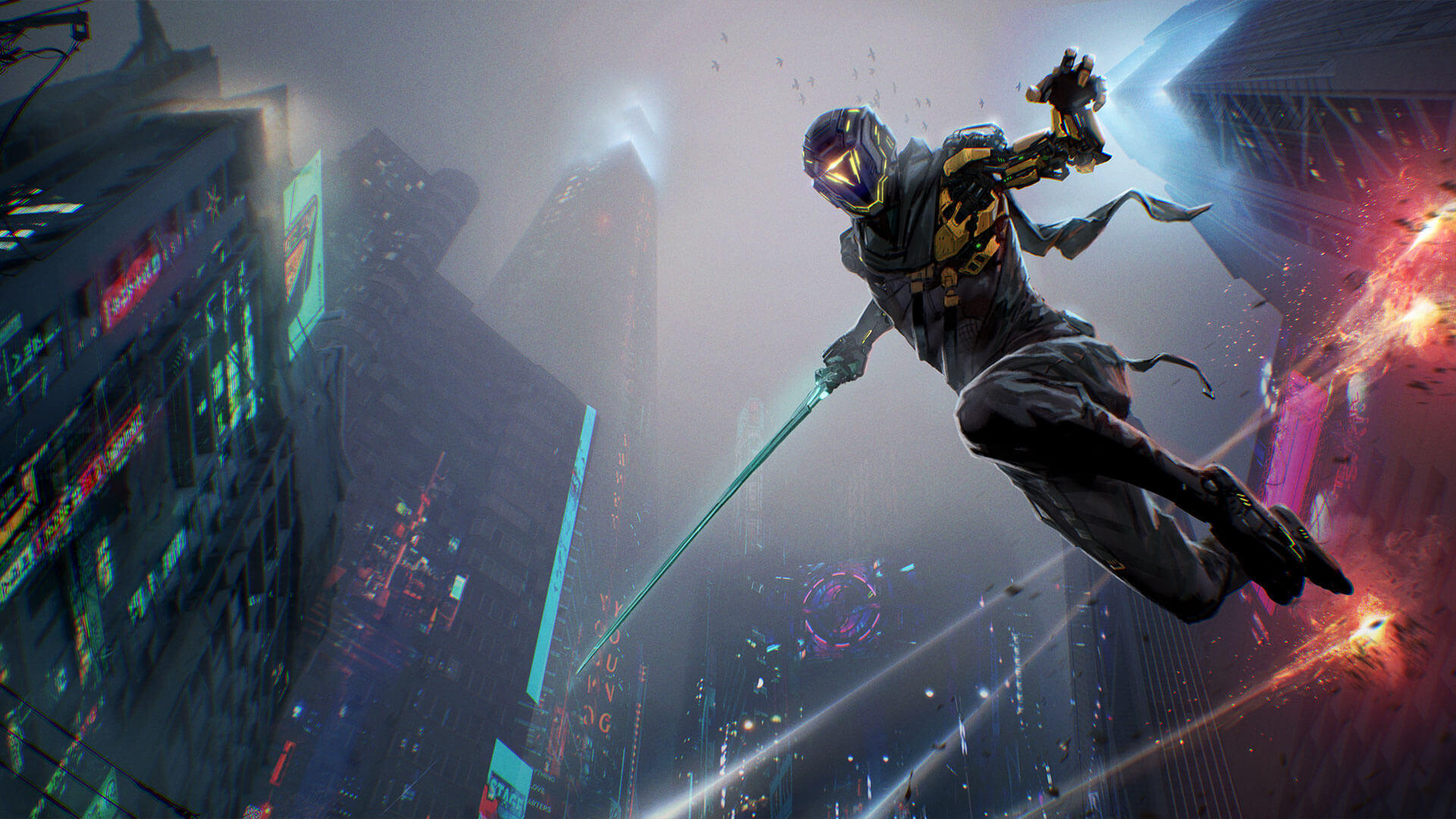
With this sequel to the well-received and truly rock hard original game, the developer has made it simpler and more accessible. That doesn’t mean the things from the first game people liked have gone, though. No, the game still has a one-hit kill mechanism but the restarts are quick, the signposting is clearer and each checkpoint can be learned so that eventually you make it to the next one and go again. Retrying over and over to solve the puzzle of how to progress is thoroughly compelling and progress is made pretty much each go so that you never feel the urge to throw the controller, or walk away.
You will die multiple times over and will have to approach each section in different ways to find the best route and path for you. There is a route to solve for, which includes you running, jumping, grappling, wall-walking and all manner of other parkour-y things, as well as the enemies dotted around each said route. You can block them but in time the chip damage will give way to certain death. You can parry your opponent but mastering that whilst moving in three dimensions is something you’re unlikely to do much at first, or ever unless you’re happy to invest the time to git gud. You can leverage the environment and your tools to get those to do your work for you, for instance by pulling down that handily placed wall right on top of three baddies for a quick elimination. Then as you get further into the game you can collect new tools and skills and combine them with all your well-honed movement abilities (which includes the ability to slow time and dodge bullets better than Neo ever could).
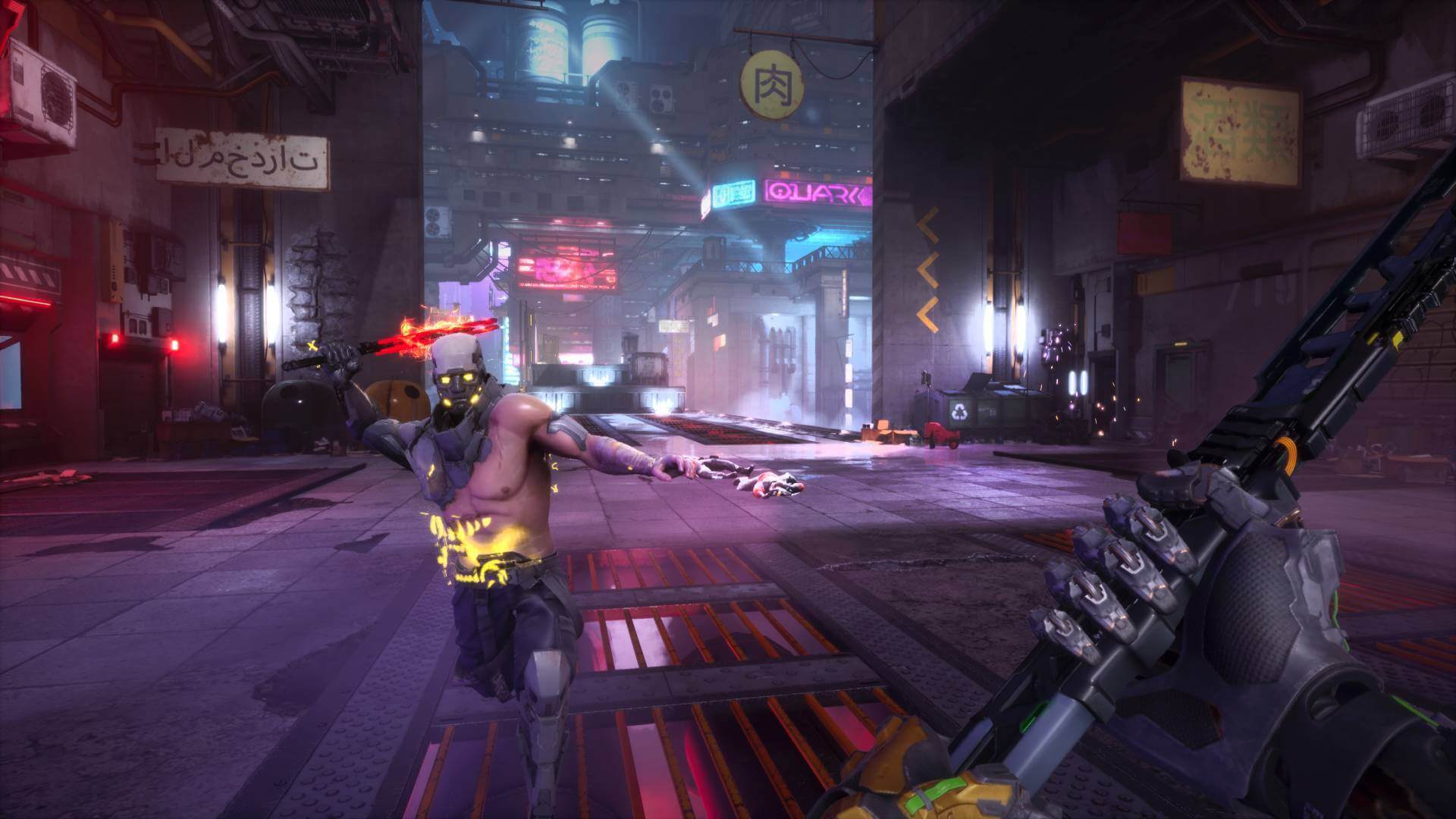
The effort and skill which has gone into making this game is abundantly clear. It looks very pretty with more colour than the first game, but it’s the gameplay which demonstrates this the most. Every motion you make, every jump you fail and blade which does for you is because you didn’t do better. If this were a 16-bit platformer I’d be talking about everything being pixel perfect (which it is dear reader), but in today’s gaming world I’d liken it to FromSoft’s Soulsborne games where death happens but it’s always because you didn’t do something right. In failing, the answer reveals itself happily.
The narrative continues straight after the first game, with a handy recap available to those who didn’t play, have forgotten or were unable to make it to the credits last time out. This time things are bigger (the world), badder (motorbike parkour anyone?) and better than the first one (intrigue). There’s not much meat here in terms of dramatic storytelling but enough to keep you entertained whilst you keep doing what you’re here for, i.e. the immensely satisfying ninja parkour. A product of the narrative is the retention of boss fights. Here your death is not typically one-shot but neither is that of the baddie. It jars when you reach a boss then, having to stop all the cool fluid progression, but as you learn their attacks and the fight’s pattern you will soon realise it’s just a stickier section of the same game, which when understood and beaten, provides a similar emotional and physical response. It really all is about that wonderful fluidity from start to finish ultimately.
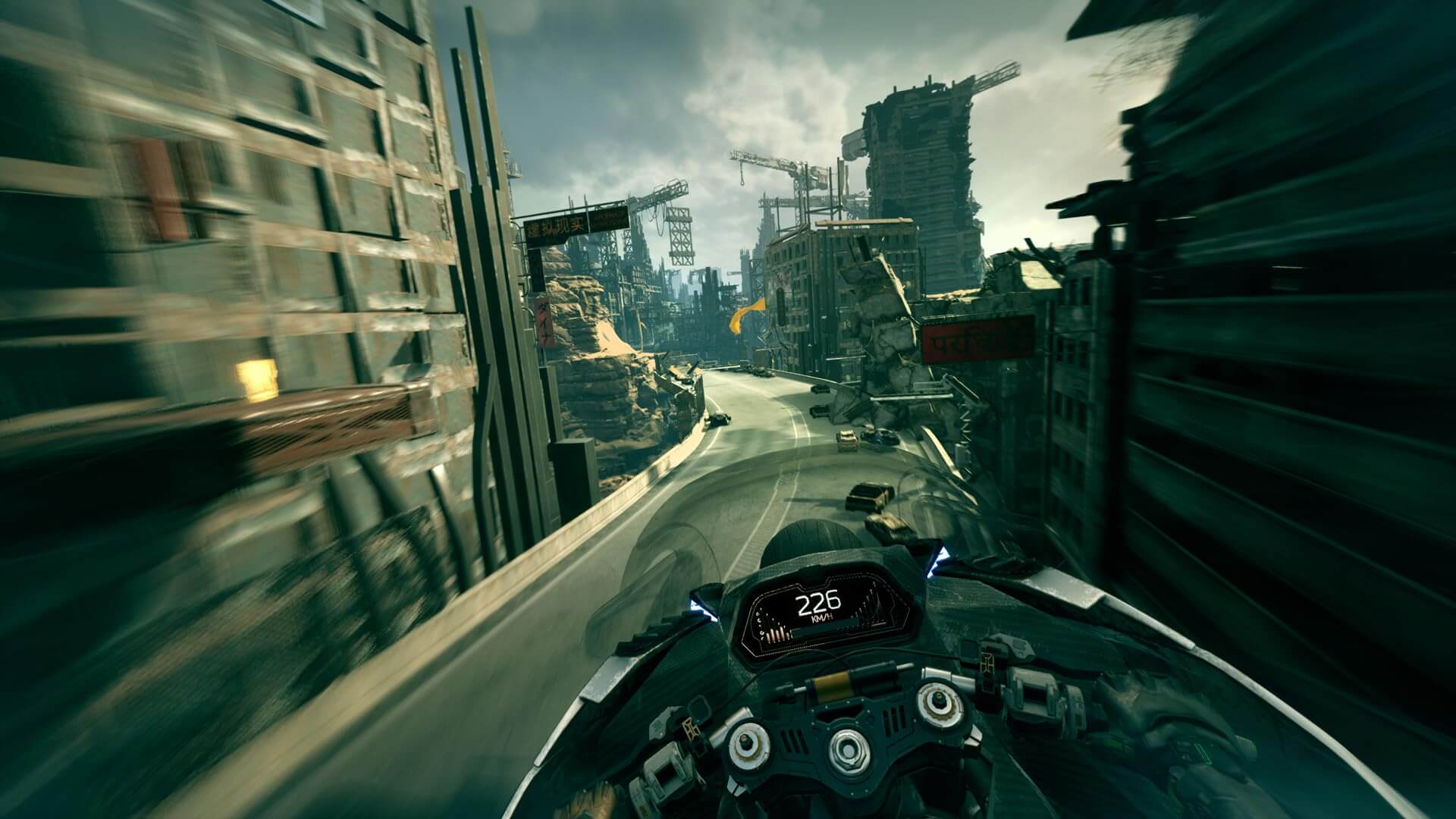
There are around eight hours of game here, which can easily double or triple depending on your skill level and desire to be a completionist (or show off if you’re after some of the, frankly, ridiculous trophies available). Throughout the play time you can upgrade your character’s abilities and toolset as well as spend time outside of the main game working towards unlocks via various roguelike challenges. These can help you to hone your skills but also provide somewhat of a cooldown opportunity if you’re stuck at any time along the way and feeling the frustration of repeated failure.
Ghostrunner 2 is a wonderfully realised, slick, parkour simulator with blades. As you explore an area, learn the routes and enemy attacks and plan that run which gets you to the next part in one piece – in seconds – the feeling of accomplishment is one that very few games manage to reach. It really is cool. But despite this, and the fact that it’s less hard than the original, it’s still a mighty challenge and one that few will feel comfortable with trying, let alone experiencing to its fullest. What this means is that if you adored the first you’ll love this one. If you liked the idea but couldn’t hack it, trying before you buy makes sense with this sequel. If, however, it wasn’t for you? Nothing here will change your mind. Not even the motorcycle.
You can subscribe to Jump Chat Roll on your favourite podcast players including:
Let us know in the comments if you enjoyed this podcast, and if there are any topics you’d like to hear us tackle in future episodes!
This post was originally published on this site be sure to check out more of their content.


